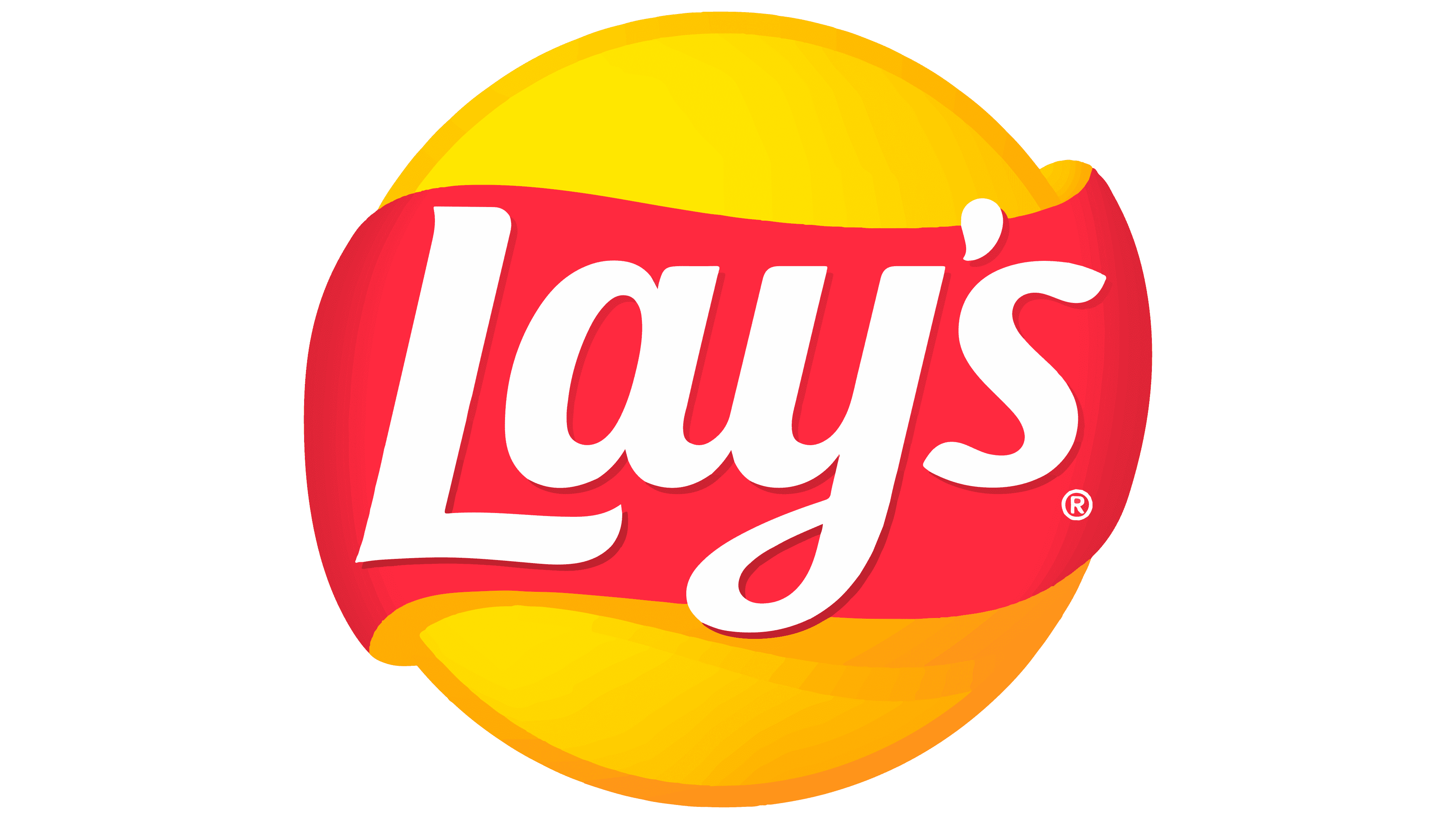Step 1: Boil a pot of water to a full boil, it should take about 8-9 minutes
Step 2: Use a spoon to put the eggs in one at a time, but hover each one just above the water for about 5 seconds before gently putting it in. This prevents the shells from cracking due to shock of the hot water.
Step 3: Set a timer for 8:30-9:00
Step 4: While the eggs are cooking, get a bowl filed with ice water
Step 5: When timer goes off, put the eggs but not the hot water in the ice water. Let them sit for about 45 seconds. This step will make sure the egg shells peel off of the egg without sticking
Step 6: Remove the eggs from the ice water. I like to do this before they cool down much, so they are still warm when I eat them.
I’ve looked at dozens of articles online that don’t work. This combines two methods and adds some improvements. If you put the eggs in and then bring the water to a boil the shells stick when you try to peel them. If you don’t hover the egg over the hot water for a few seconds some eggs will crack and raw egg fills the water. If you don’t put the eggs in ice water they will be tough to peel. I like to eat boiled eggs with salt and pepper and I put mustard on the side of the plate to dip them in, tastes like a deviled egg.
enjoy
Or just wait for your identical twin to buy a device that does six eggs at a time! It’s what I did.
This, however, makes way more than 6 eggs so it’s really good for when I need to make a bunch of deviled eggs, thanks!
I don’t have a twin, so I’ll never have perfect eggs. 😞

It’s even easier than that
- put eggs in cold water
- bring to a boil then turn off
- cover and let sit for X minutes based on chart
- then sit in ice water for 10-15 minutes
Hard to peel eggs just means it’s fresh. Older eggs peel easier
This is how we do it. Works great!
With my method you won’t have hard to peel eggs regardless of if they were fresh or not
My tired brain thought these were images of omelettes on a plate, not a cross section of egg
Eggs will be easier to peel regardless of age if you drop them into boiling water water instead of cooking from cold. It causes the whites nearest to the shell to cook quickly and pull away from the shell.
If I recall correctly it’s because the proteins in the whites go through two phases as they cook. First they relax like spring partial uncoiling and then they either tighten back up and tangle with each other like, or they cross link with each other like a polymer (I forget which). Regardless of the exact mechanism, if you cook them fast enough, the proteins in the whites bind with each other before they have the chance to settle down and bond significantly with the shell lining.
Having worked in a restaurant kitchen boiling many eggs, there must be more to this.
This is the method we used, and every egg in the same boil would be different, so clearly this method has little to do with it.
Age is the big factor. It does two things:
- Eggs gradually lose water, which introduces more air into the air cell and between the membrane and the shell, making it all a bit looser as you peel.
- The pH increases, reducing the attraction/attachment of the boiled egg white to the membrane, which is why fresh egg shells are more likely to tear strips of white off as you peel.
Eggs in the US can be up to 60 days old at the time of packaging, then are considered good for another 45 days. Large flats of eggs can contain eggs from multiple batches of varying age, so some eggs might be two weeks old and others two or more months.
*chefs kiss* Now this is a qwuality irony post. 12 quail eggs out of 10 🙏
Set a timer for 8:30-9:00
My sleepy ass at 8:99: 😪😪
Someone should make a book called “Life. Beginner’s guide” and put stuff like that there.
Since time depends on egg size, I just use an app:
https://github.com/woheller69/eggtimer?tab=readme-ov-file#smart-eggtimer
There’s an app for everything, ain’t it?
I remember seeing an app that just allowed you to set one of three timers corresponding to one of three teas you may want to brew.
At this rate, it’s easier to memorize.
it’s easier to memorize when you always buy eggs of the same caliber.
I just sort and weight mybeggs before cooking, so the formula’s useful.
Question for step 3: is that 8:30-9:00 AM or PM?
Yes
It’s 8:30-9, not 20:30-21.
So you must use a 12 hour clock for this, not a 24 hour?
Only if you want to be able to cook them in the evening.
The temperature of boiling water depends on your altitude. Water boils at 212F (100C) Miami but only 202F (94C) in Denver. This makes a big difference when boiling eggs. It’s why specific times for boiling eggs are so unreliable for people from different altitudes.
This is a slow coop top, for us it takes below 2 minutes to heat a liter of water to boil the eggs in. Also we just use a fake plastic egg that shows you until where the egg is raw. Which works quire wonderfull no matter how you start boiling an egg
As a site note. For 550s (8-9min) and 1 Liter of water needing around 330.000 J to boil. Your using an 650W device to heat the water?
Induction hobs are wonderful. 🙂 Boiling a full pot of water is just a few minutes or less depending on size.
Frying pans are hot enough to start frying within seconds (like 10–20 seconds).
Highly recommend it if you ever have the opportunity to switch from the ancient style hobs.
My problem is the lack of control. They tend to be digital devices, not analog, so I always find myself wanting a heat level between settings…
With the old style hobs, usually each heater has 6, 9, or 12 steps.
These induction hobs we have have 14 steps plus a P(ower) step for extremely fast heating, for a total of 15 steps. It’s even more granular than before, even if the highest steps are hotter than the old style hobs. 🙂👍
You need to tell us more about this fake plastic egg!!
Its been proven the shells sticking depends on the age of the egg. Older is less sticky. The cooling down part is about stopping the egg to continue getting harder which is not relevant if you want them hard boiled anyways. Instead of hovering you can use a pin and put a small hole in the shell instead, but that sometimes results in some eggwhite escaping until it plugs the hole.
I use a pressure cooking when doing hard boiled eggs, I’ve found regardless of the egg age they are always easier to peel.
This is such an odd post. So many details that are highly debatable, not many important details.
For example, is the egg refrigerated or room temperature? That changes the timing a lot. Talking about accurate timing is pointless without at least some idea of the initial temperature.
I don’t use a ice bath, or any kind of cooling down for hardboiled eggs. I don’t really have a problem peeling them, unless they are very fresh.
Agreed, ice bath is only important for me if eggs are super fresh, which makes them harder to peel, or if I need them to stop cooking fast, like if I am making soft boiled eggs or have the sudden realization I started boiling the eggs and walked off at least five minutes ago but neglected to set a timer.
I’m not ADHD, you’re ADHD!
If one really wants perfect, they should read Periodic cooking of eggs from the journal Nature earlier this year. Everybody that has implemented it, claims it works great.
For the periodic method, scientists alternated submerging the eggs for two minutes in boiling water at 100 C (212 F) and lukewarm water at 30 C (86 F). This cycle was repeated eight times for 32 minutes.
— from: Scientists developed a new method for the perfect boiled egg, and you can test it at home
Jesus Christ, you can produce a Q1 article with nothing but math and a bunch of eggs?
I really need to up my publishing standards.
P.S. Of course they got some fancy measuring equipment in there
I’m sure it works, but its it’s not the only way to to cook a perfect egg. And it is hilariously inefficient both in terms of energy spent to boil water for 32 minutes, and effort required to direct one’s focus primarily to boiling eggs for 32 minutes (plus prep time).
What is funny to me is that this process is just pulse width modulation which is exactly how electric stoves work. But instead of applying the duty cycle to the water to keep it at a steady sub-boil temperature, they applied it to directly to the egg to even out the temperature gradient inside the egg.
You achieve a very similar result by just doing a 2 minute flash boil to set the outer whites and then dropping the temperature with cold water or ice and just walking away while a sous vide stick controls an even temperature for the rest of the time. Now, I don’t have a sous vide stick, but I did get a variable temperature electric kettle for tea, so I have been using that for several years now.
What makes the periodic method consistent and ripe for virality is:
- It reduces the impact of the most common unregulated variables: like pot size, burner power, egg:water ratio; it uses self regulating temperatures; and it’s hard to forget about the eggs since you are constantly monitoring them.
- It is accessible. It doesn’t require any special equipment and it is easy to remember: 2-in, 2-out, x8.
You’re probably correct that there are other methods for perfect eggs, but I believe that is a bit reductive. Boiling first then reducing the temperature, while similar, is definitely not the same as periodic temperature change, aside from it adding the same total energy to the system. But the rate that energy is added is the critical variable.
Don’t get me wrong, your method is good, but I don’t think the method in the paper only has the advantages you list. The periodic temperature change is important, and they detail precisely why that is.
Having said all that, I’m certainly not doing this. I’m all about easy and don’t need eggs to be a certain way. I just thought it was neat.
Times are irrelevant, get yourself an egg timer.
the perfect way to make a hard boiled egg is to make a soft boiled egg and fuck it up by boiling it too long
The correct way to hardboil eggs is actually to steam them, which is what the majority of the world does (have you ever seen someone selling hardboiled eggs? They are usually in a steam container). If you time it right, you don’t even need the ice bath to achieve an easy peel egg (though this takes practice lol).
Boiling is just a alternative method that is slightly less effective but very common because not everyone keeps a steamer basket at home.
Yup. I have pots with pressure cooker lids, and I just add a tiny but of water in the bottom and basically just steam them for 6 or 7 minutes. Even if I get distracted they are usually still easily peeled and just barely soft in the middle.
That’s a hard steamed egg, though…
Technically correct, the best kind of correct.












